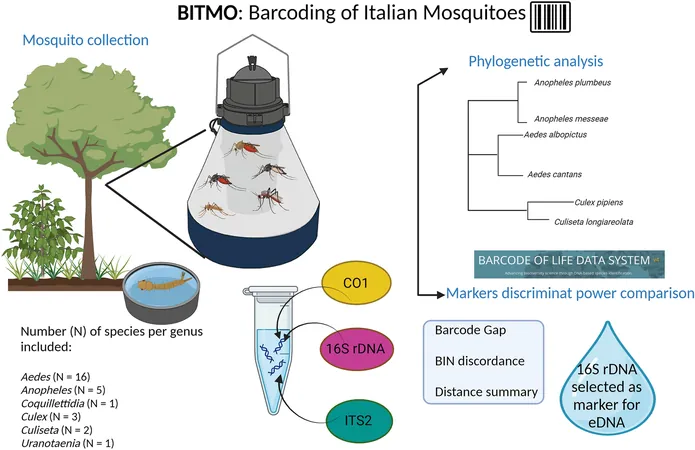
The Future of AI in Myeloma: Exciting Advances and Untapped Potential Await Post-Diagnosis
2024-09-25
Harnessing AI to Predict Myeloma Onset
Dr. Madabhushi expressed optimism about AI's potential, particularly in predicting the early onset of multiple myeloma. His team has been analyzing imaging data, demonstrating promising results in forecasting which patients—despite currently being symptom-free—are at risk of developing myeloma within the next decade. This groundbreaking capability could enable healthcare providers to implement preventive strategies years before symptoms manifest, a game-changer in patient management.
The stakes are high: by identifying at-risk patients early, doctors could intervene proactively, potentially altering the disease's trajectory and improving patient outcomes. As Dr. Madabhushi prepares to share these findings at the upcoming meeting, he is keen to gather feedback from his peers and refine the approach.
AI's Role in Treatment Selection
The growing complexity of myeloma treatments necessitates sophisticated decision-making tools. Madabhushi stressed the importance of AI in treatment selection, especially as the array of available therapies expands. His group has made significant advances in developing algorithms that analyze standard imaging, particularly with respect to lung cancer treatments, to predict responses to various therapies like chemotherapy and immunotherapy.
As treatment options multiply, ensuring that patients receive the most effective therapy becomes increasingly challenging. AI promises to streamline this process, enabling healthcare providers to make informed decisions based on predictive analytics. The integration of such tools could enhance clinical outcomes in myeloma, a disease that demands precise and tailored treatment strategies.
Progress in AI Implementation
While some AI tools are currently employed successfully in various medical fields such as radiology and cardiology, Madabhushi pointed out a notable gap in post-diagnosis applications within myeloma care. Although there are around 700 to 800 AI clinical decision support tools approved by the FDA, the real challenge lies in adopting and integrating these innovations into the clinical workflow effectively.
The time for implementation is critical; Madabhushi estimates that in 3 to 5 years, we could see a surge of AI solutions addressing treatment response, adverse events, and outcome predictions. However, he cautioned that technology alone isn't enough—the trust that clinicians place in these AI tools is paramount. Successful implementation requires not just robust algorithms but also a foundation of trust among the medical community.
Overcoming Barriers and Building Trust
The pathway to integrating AI within myeloma care is fraught with challenges, primarily concerning implementation and trust. Dr. Madabhushi highlighted that even with FDA approval, the real test lies in convincing clinicians of the AI tools' reliability in predicting outcomes. Without trust, even the most advanced technology will struggle to gain traction in everyday clinical practice.
To achieve success, ongoing dialogue within the medical community is essential. As the conference draws near, discussions surrounding the AI’s potential and its real-world application will undoubtedly illuminate the path forward for myeloma treatment innovation.
Conclusion
In conclusion, we are on the cusp of a revolution in how multiple myeloma is diagnosed and treated, powered by AI. As researchers and clinicians unite to embrace these advancements, the future for patients may hold not just newer therapies, but smarter decisions that could transform their healthcare journey entirely.



 Brasil (PT)
Brasil (PT)
 Canada (EN)
Canada (EN)
 Chile (ES)
Chile (ES)
 España (ES)
España (ES)
 France (FR)
France (FR)
 Hong Kong (EN)
Hong Kong (EN)
 Italia (IT)
Italia (IT)
 日本 (JA)
日本 (JA)
 Magyarország (HU)
Magyarország (HU)
 Norge (NO)
Norge (NO)
 Polska (PL)
Polska (PL)
 Schweiz (DE)
Schweiz (DE)
 Singapore (EN)
Singapore (EN)
 Sverige (SV)
Sverige (SV)
 Suomi (FI)
Suomi (FI)
 Türkiye (TR)
Türkiye (TR)